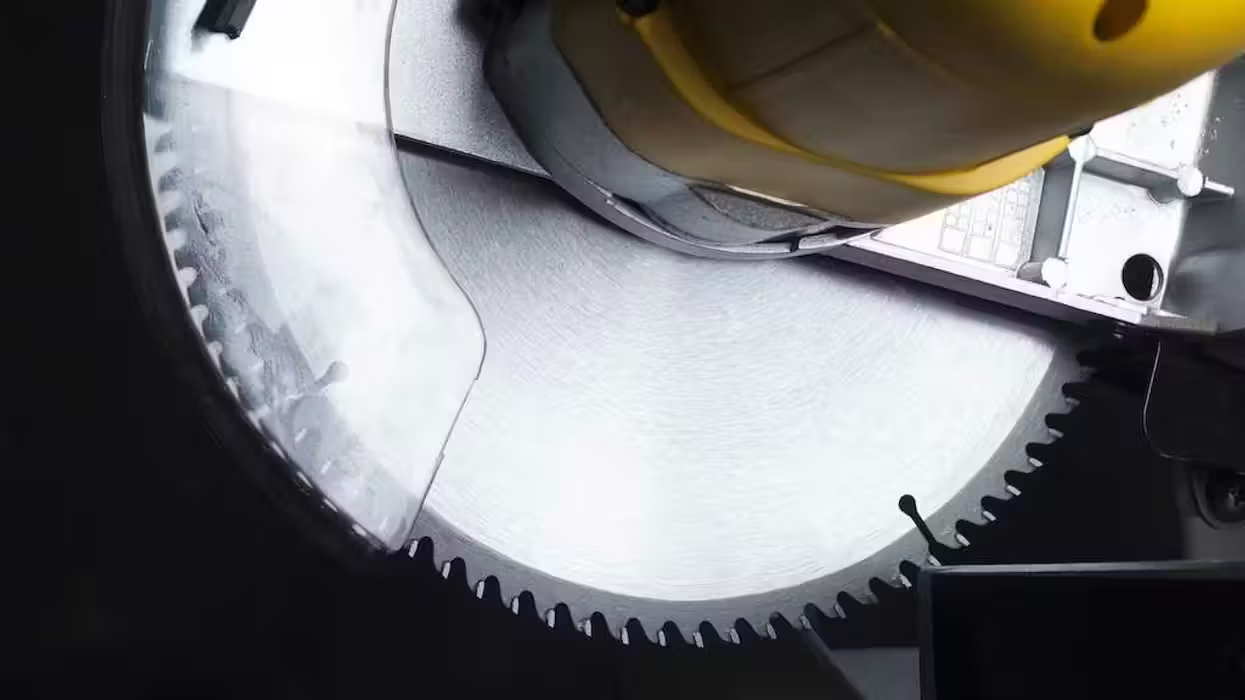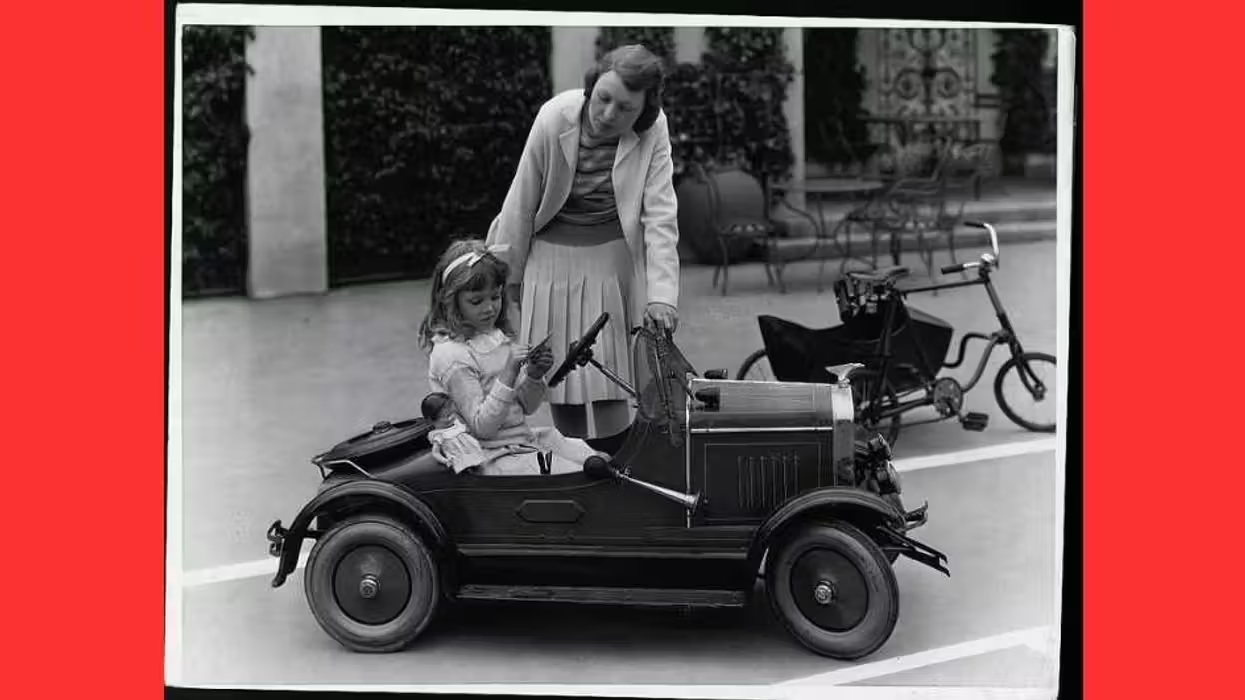When you look at the World Cup soccer ball, you might notice that it's a bit different from what you're used to seeing on the field. Instead of 32 leather pieces stitched together like a traditional soccer ball or 14- or eight-panel balls used in the last few years for the World Cup, the games that begin next month in Brazil will use a six-panel ball.
 Brazilian national footballer Thiago Silva controls the new, six-panel ball during a training session at the Granja Comary training complex, in Teresopolis. (VANDERLEI ALMEIDA/AFP/Getty Images)
Brazilian national footballer Thiago Silva controls the new, six-panel ball during a training session at the Granja Comary training complex, in Teresopolis. (VANDERLEI ALMEIDA/AFP/Getty Images)
Physicists from the University of Tsukuba recently got together to test the differences between these balls are sharing how they think it could impact the game.
"There have […] been few studies on the aerodynamic properties of balls constructed from different numbers and shapes of panels," the study authors wrote in their abstract published on Scientific Reports.
Using wind tunnels and a kick robot, the researchers evaluated the relationship between the panel shape and orientation on aerodynamics and flight characteristics.
"We observed a correlation between the wind tunnel test results and the actual ball trajectories, and also clarified how the panel characteristics affected the flight of the ball, which enabled prediction of the trajectory," they wrote.
The Brazuca -- the type of ball that will be use for the World Cup this year -- is the smoothest of those tested and thus, the study found is susceptible to drag at high speeds. This drag, National Geographic reported, can cause the ball to act unexpectedly in the air, which is why Brazuca is "covered in little nubs -- an attempt to cut down on the so-called knuckling effect, which causes the ball to move unpredictably through the air like a knuckleball in baseball."
One benefit of Brazuca is that how its panels were oriented when kicked did not seem to matter when it came to drag, while panel orientation affected other balls.
The research also found that orientation of the panel also "significantly affected" the ball's flight in the air.
"It is thus our consideration that the panel shape and orientation have greater effects on the trajectory of a ball than the number of panels," the authors wrote.
 All the different types of soccer balls that were evaluated. (Image source: Scientific Reports)
All the different types of soccer balls that were evaluated. (Image source: Scientific Reports)
Regardless of how the new six-panel ball actually performs come game day, Jay Cooney, assistant coach of Sky Blue FC, which is in the National Women's Soccer League, said it always takes time for players to adjust to a new ball.
"That's what I think is charming about soccer -- it doesn't have to be perfect," he told National Geographic.
Other scientists, who were not involved with the study, pointed out that these tests were conducted under specific conditions and the results could be very different on the field.
In addition to the ball's impact on the games, scientists are also considering how Brazil's heat will affect the athletes.
In the last couple decades, teams have borrowed cooling techniques from the military and consulted with scientists to make sure they can keep the heat from corroding performance.
 Neymar cools down while training for the World Cup in Teresopolis, Brazil. (Photo by Buda Mendes/Getty Images)
Neymar cools down while training for the World Cup in Teresopolis, Brazil. (Photo by Buda Mendes/Getty Images)
"There's lots of little things you can do that on their own wouldn't make a fundamental difference but they all add up," said Mike Tipton, a scientist at the University of Portsmouth who has been helping England coach Roy Hodgson.
Player can cool off by plunging their hands into icy water. Tipton said that technique was first developed to cool navy firefighters and works better than soaking the whole body in ice baths or fancy gizmos like air-conditioned vests and jackets packed with dry ice.
Other teams have tried to train in similar conditions as to what they'll experience in Brazil.
Italy's coach Cesare Prandelli made his players train on treadmills and bikes in a sauna heated to 91 Fahrenheit with 70-percent humidity.
"We've tried to reproduce the environmental conditions that we will likely find, above all in Manaus, but also in Recife and Natal," team physician Enrico Castellacci said. "Players work on a specific program and then we evaluate their resistance to the fatigue, by monitoring their heartbeat and weight before and after the exercises."
And then some of it is just mental.
"Some just find it very oppressive and just can't play as well because they just can't handle it mentally," said Julien Periard, a specialist at Qatar's Aspetar sports medicine hospital. "Some get quite aggressive at the end because they can't tolerate the heat."
--
The Associated Press contributed to this report.

 Brazilian national footballer Thiago Silva controls the new, six-panel ball during a training session at the Granja Comary training complex, in Teresopolis. (VANDERLEI ALMEIDA/AFP/Getty Images)
Brazilian national footballer Thiago Silva controls the new, six-panel ball during a training session at the Granja Comary training complex, in Teresopolis. (VANDERLEI ALMEIDA/AFP/Getty Images)






